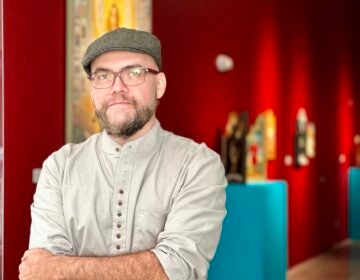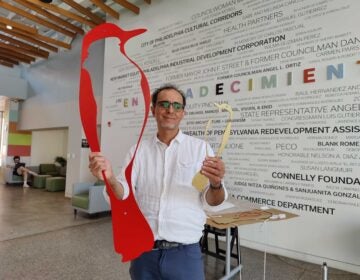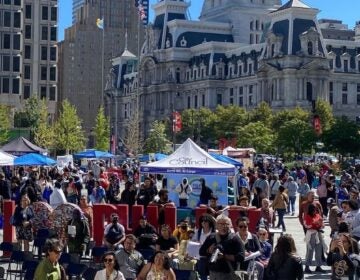Questioning the ‘monolith of Chinese identity’: Taller Puertorriqueño exhibit highlights unseen history of Chinese immigrants in Costa Rica
With photos and audio, a new exhibition highlights Chinese migration to Costa Rica, and how the people and their culture changed over time.
Listen 3:20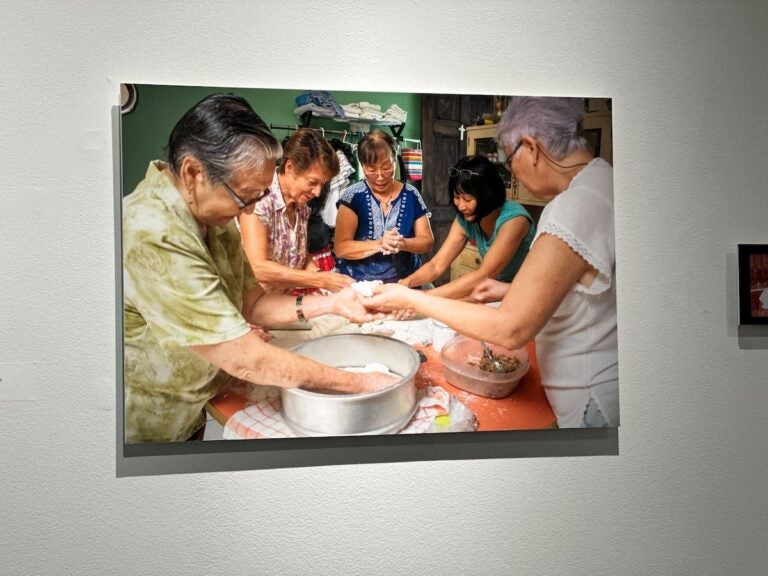
Friends and family of Flora Ángela Li Cheng make har gao, a traditional Cantonese dish, folded using empanada molds. (Vicky Diaz-Camacho/WHYY)
From Philly and the Pa. suburbs to South Jersey and Delaware, what would you like WHYY News to cover? Let us know!
Photographer Dorcas Tang has a soft spot for nostalgia, particularly for photographs.
The fascination began when she was 5 or 6 years old. As early as she can remember, Tang was transfixed by her grandmother’s family photo albums and would study each face in the black-and-white photos tucked beneath the cellophane cover. The Tang family history played across each crackling page.
“[I] would just pore over them,” Tang said.
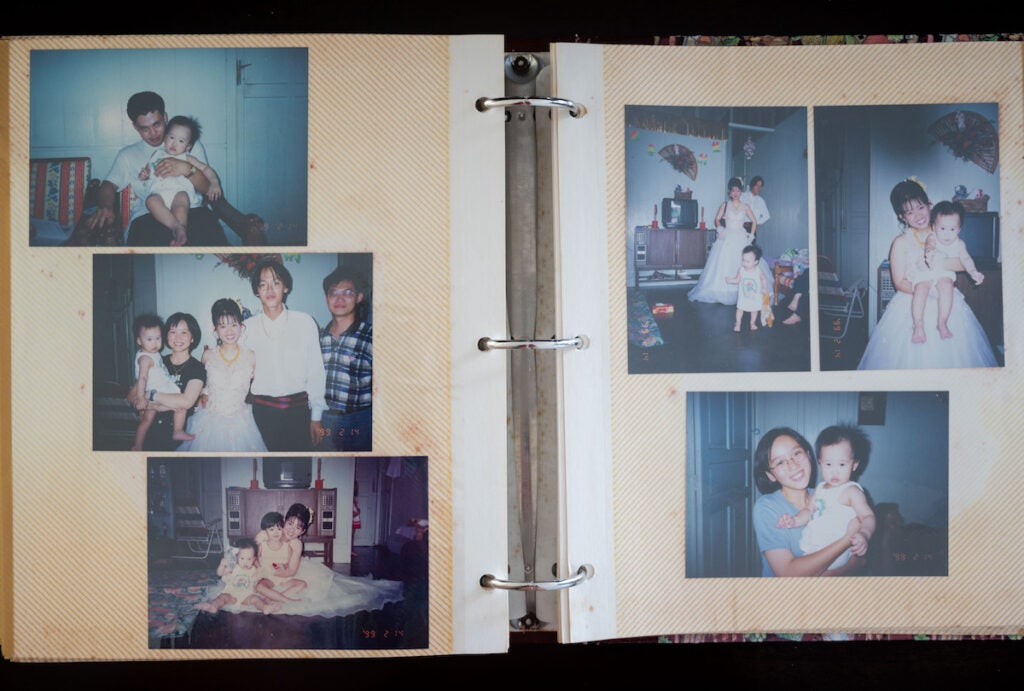
Yet she never felt like she belonged. When the family gathered to celebrate the Lunar New Year each year, she recalled a disconnect between her and her family,
“Everyone’s having a great time, but me I’m just in the corner, flipping through these old, dusty photo albums,” she reminisced.
Tang, who is third generation Chinese-Malaysian, said this experience drew her to research the diaspora and document people’s personal accounts being Chinese Costa Ricans. Those oral histories, research efforts, and photographs are now part of her exhibition at Taller Puertorriqueño, entitled “Los Paisanos del Puerto.”
“The word paisano refers to countryman, a term of endearment used between the Chinese community in Costa Rica to refer to one another, and el Puerto refers to the port town of Puntarenas,” according to the press release.
The exhibit displays 70 intimate portraits and photographs as recordings of Tang’s interviews with Puntarenas locals play in the background. Their voices combined with the images on the wall bring viewers into lively, intimate slivers of time where the subjects and their narratives are front and center.
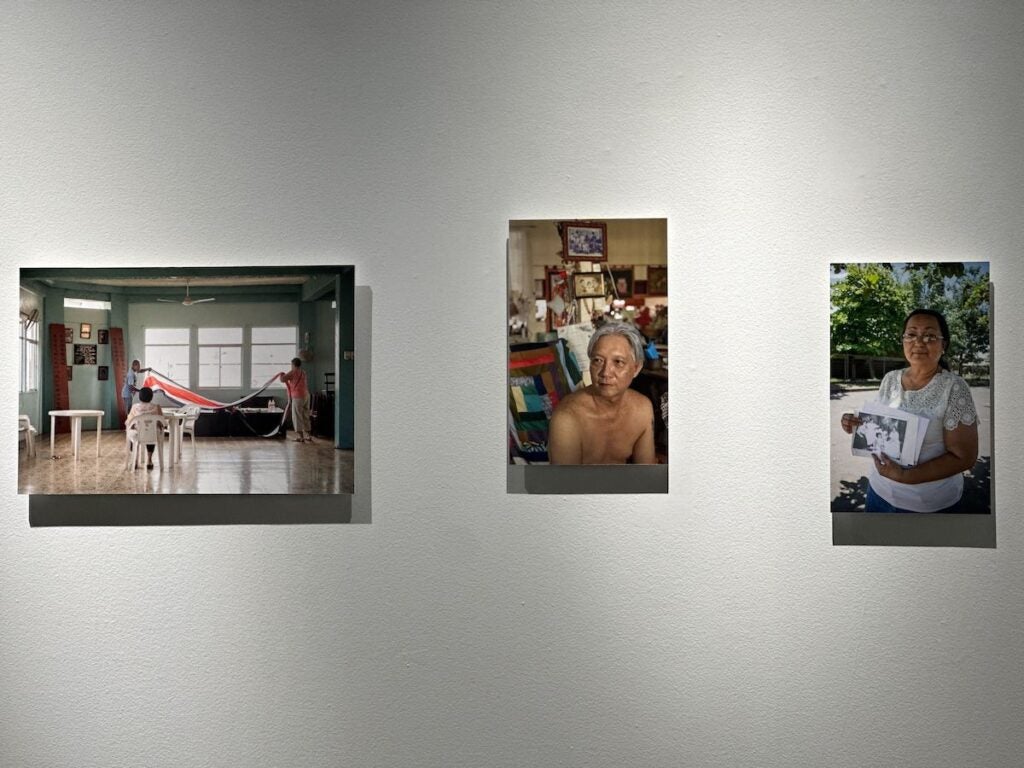
‘Idea of citizenship’
That is just how Rafael Demast, curator at Taller Puertorriqueño, wanted the gallery to feel.
Demast said the photos are in conversation with one another. Throughout the exhibition, the Chinese immigrant identity is underscored through photos that capture the subtleties of assimilation and cultural evolution.
Subtleties such as neighborhood grocers who sell ingredients common in the Chinese diet alongside ingredients for Costa Rican foods. Or the combination of cultures displayed in religious iconography and altarpieces on display in their homes.
“This again echoes to what’s happened [in Costa Rica], even in Philadelphia,” Demast said. “Also [it has me] thinking about the idea of citizenship.”
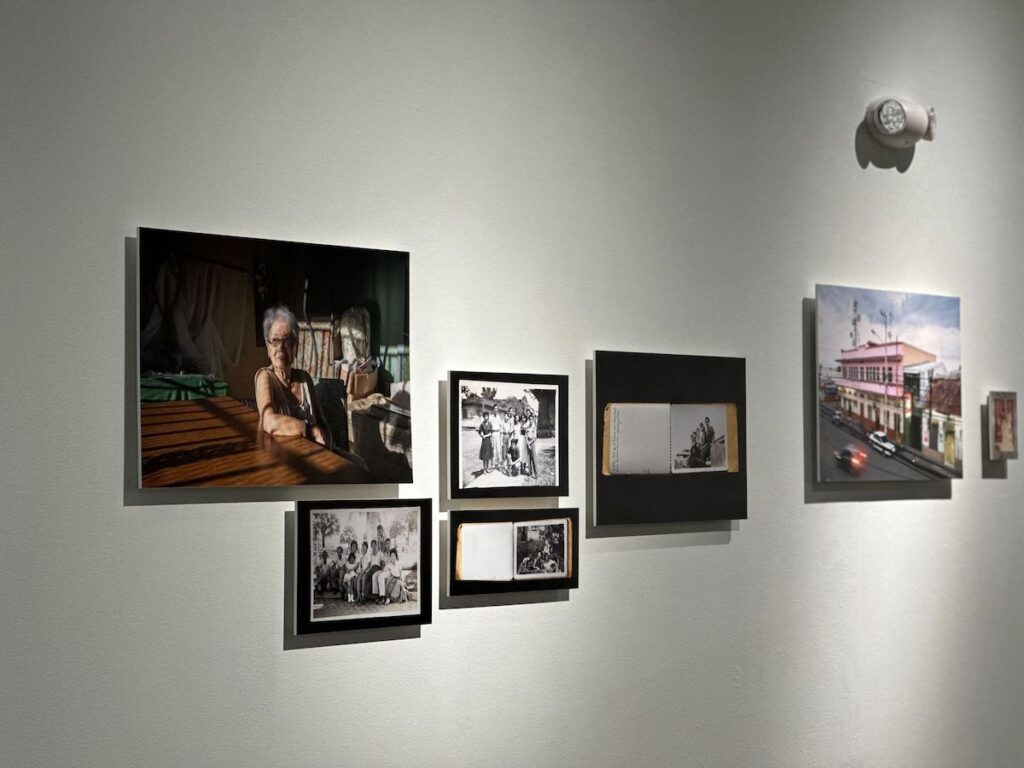
He was reminded of his own experiences as a Venezuelan who moved to the U.S.
His diet altered slightly, too, and the culture he became a part of was different from his family’s homeland. His community also looked different in the U.S. Damast said these stories are throughlines across various communities who emigrated to different parts of the world.
He was particularly taken by the history of Chinese migration patterns in the late 19th century, which collided with anti-Chinese sentiments in the Caribbean and South and Central America.
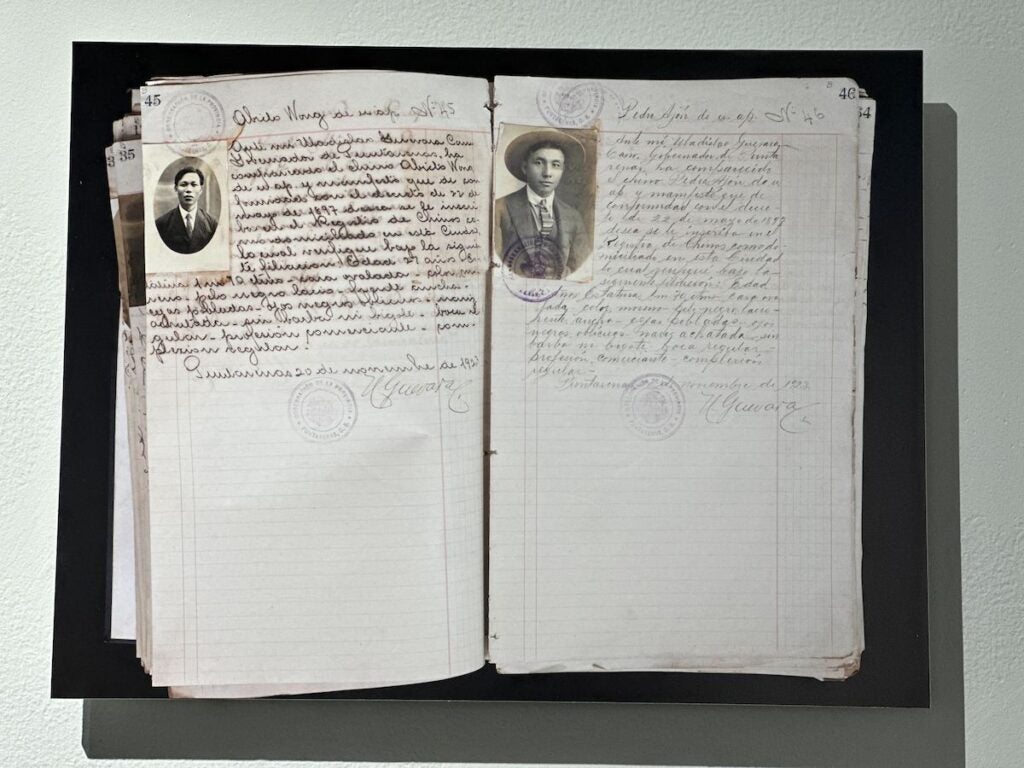
A study for the Latin American Studies Associations Forum explained these tensions:
“Following the United States’ 1882 Chinese Exclusion Act, which imposed a wholesale ban on Chinese immigration, many Latin American nations imposed their own exclusionary, anti-Asian immigration laws that restricted entry, required registration processes, or outright expelled existing communities.”
Throughout his research over the years, Demast said the Asian identity is often the most silenced or unknown in the Latine story.
“They are essential to the Latin American story, which calls to mind that [the] entire reason that the Americas was colonized was in a search to go to Asia to find a quicker route,” he said.
Tang agreed, pointing to a government book she discovered while in the research phase.
The book, entitled “Registro de Chinos, abierto en 1922, Vol. 2” — or “Chinese Registry, opened in 1922, Vol. 2” — was a collection of photos of Chinese migrants taken by Costa Rican government officials. But this book was initially thrown out and rescued by someone who later gifted it to the Chinese Association in Costa Rica. The first volume was never found.
“I just remember feeling like goosebumps when I saw this book,” she said. “It’s very bizarre.”
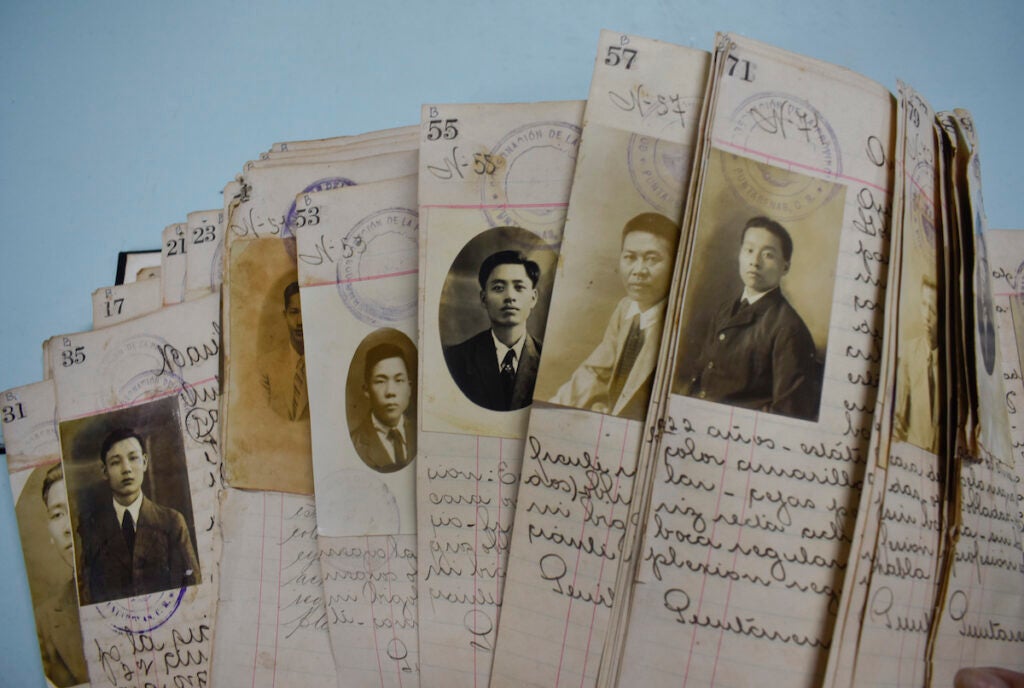
Officials scribbled descriptors of the person’s physique in black ink, which Tang likened to surveillance during a time of anti-Chinese sentiment.
This, she added, is one example of how discriminatory policies have long-lasting effects on how immigrant communities are represented and accepted. How people are described in government files not only affects how a city or state perceives an immigrant community, but also how people see themselves.
Tang decided to juxtapose the registry entries and solemn mugshots with intimate portraits of everyday life, how the community prefers to be seen, and not the narrow descriptors provided by local government.
“Maybe we can broaden our understanding of what a singular identity is and question the monolith of it,” she said.
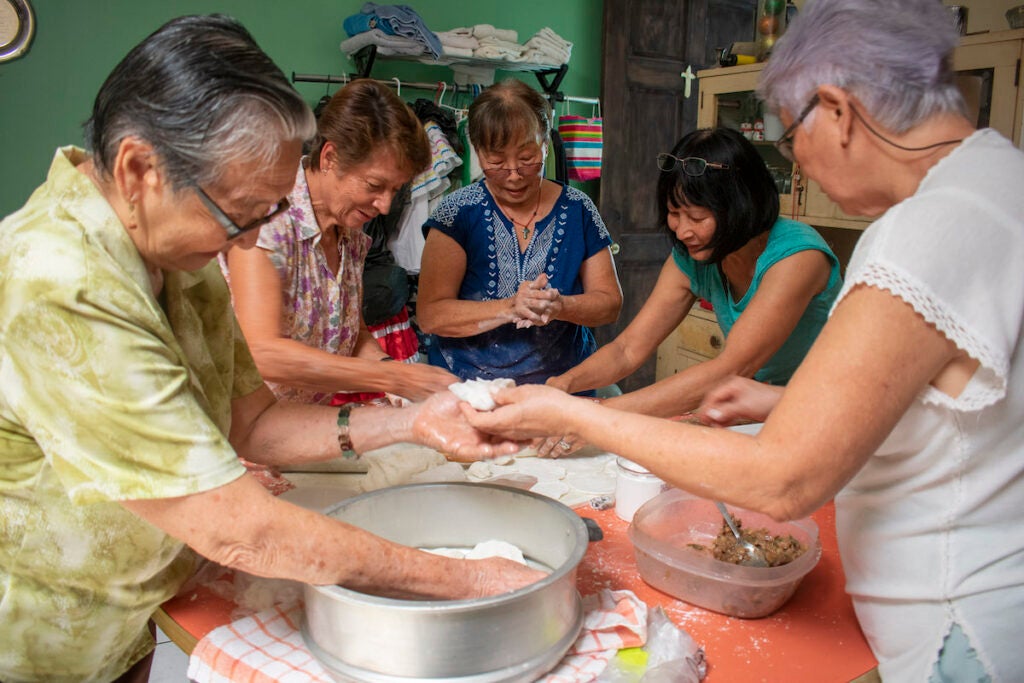
That question guided her analysis of the disconnect she felt with her heritage.
As a child, Tang stood out for not fitting in.
She was “China girl” to her cousins in Malaysia, where her family resided for a time. When her family moved to China, people remarked they could tell she wasn’t from there.
Her family’s old photos, she said, were a way to feel the kinship she lacked with the family around her.
In college, those childhood experiences informed the course of her studies. In 2019, Tang traveled to Costa Rica on a student exchange program for Swarthmore College. There she was confronted with, what was to her, the unfamiliar history of Chinese migration to Puntarenas, Costa Rica. For geographic context, Costa Rica borders Nicaragua and Panama.
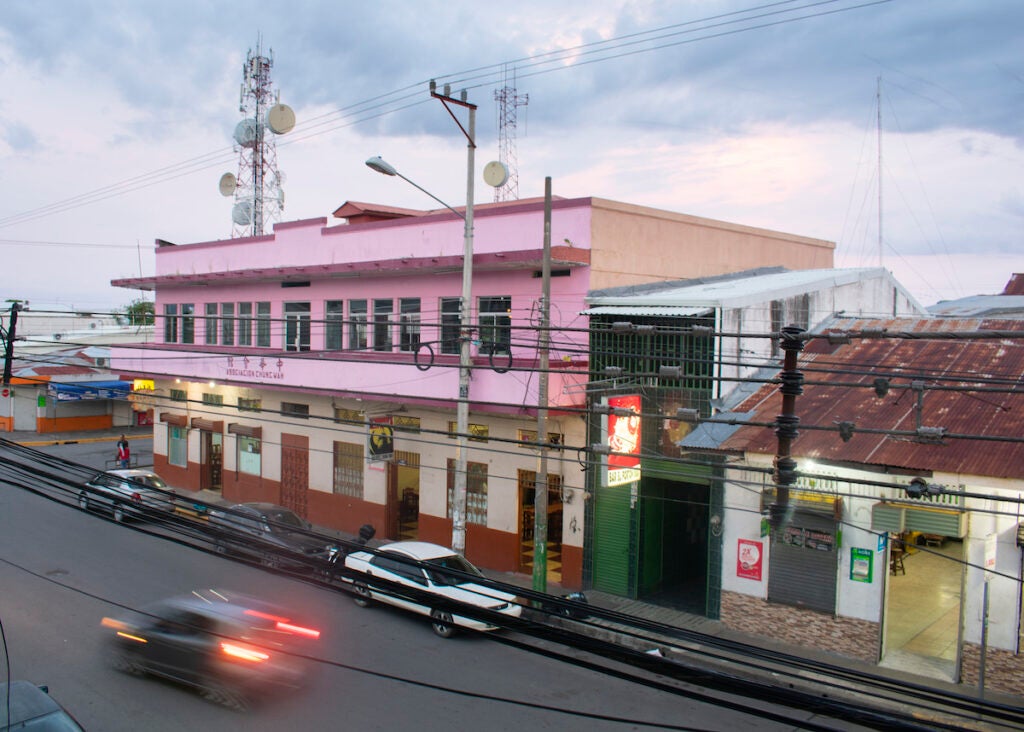
But, again, these stories were not readily apparent. In all her studies of Latin America, there was hardly a mention of Asian people. Surprised to see such a deep-rooted history of the Chinese diaspora in Costa Rica, Tang wanted to learn more.
“For some reason, I as a Chinese person must know that right?” she added, jokingly.
So, she immersed herself in the communities, attending funerals and celebrations all while documenting daily life. Most importantly, Tang said the Puntarenas residents opened the door for her to see what daily life really was like.
Two years, and two trips later, Tang had collected hours of interviews and photo documentation.
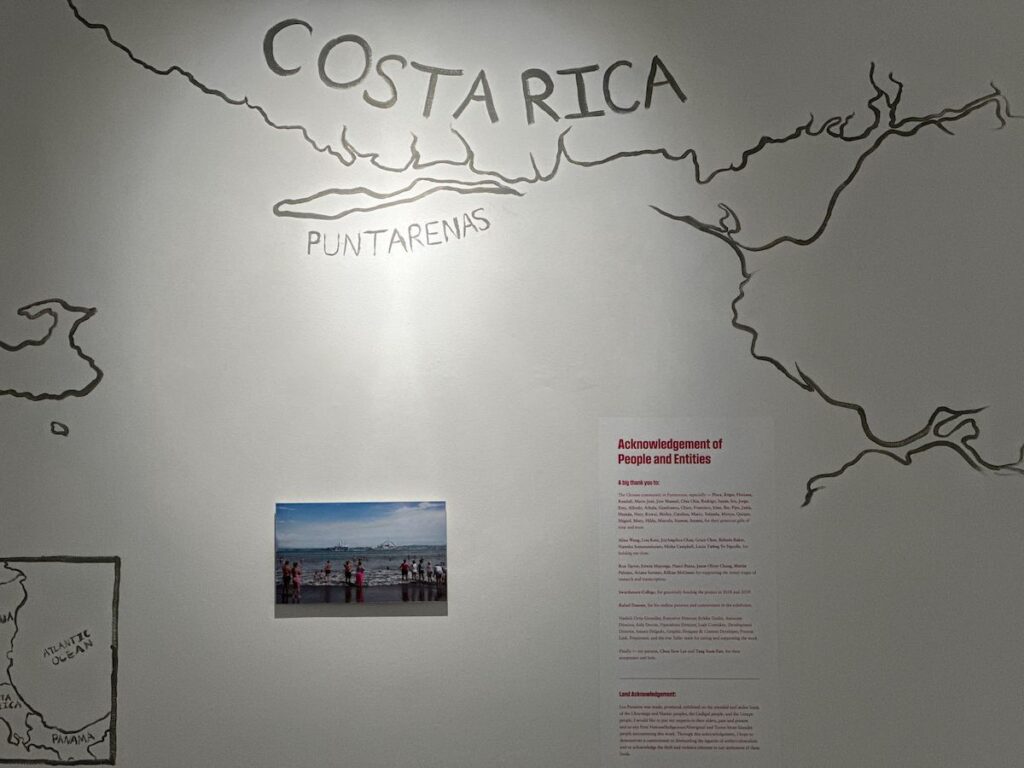
‘Me dicen Chino’
In one interview, Tang asked Puntarenas local Róger Sánchez Li about his experiences as a child.
Sánchez Li sighed and shared, in huffed breaths, that no matter where he went — the bus stop or the market — he was made fun of for being Chinese. He said he was singled out, but that was par for the course. At some point, he just accepted this as a way of life.
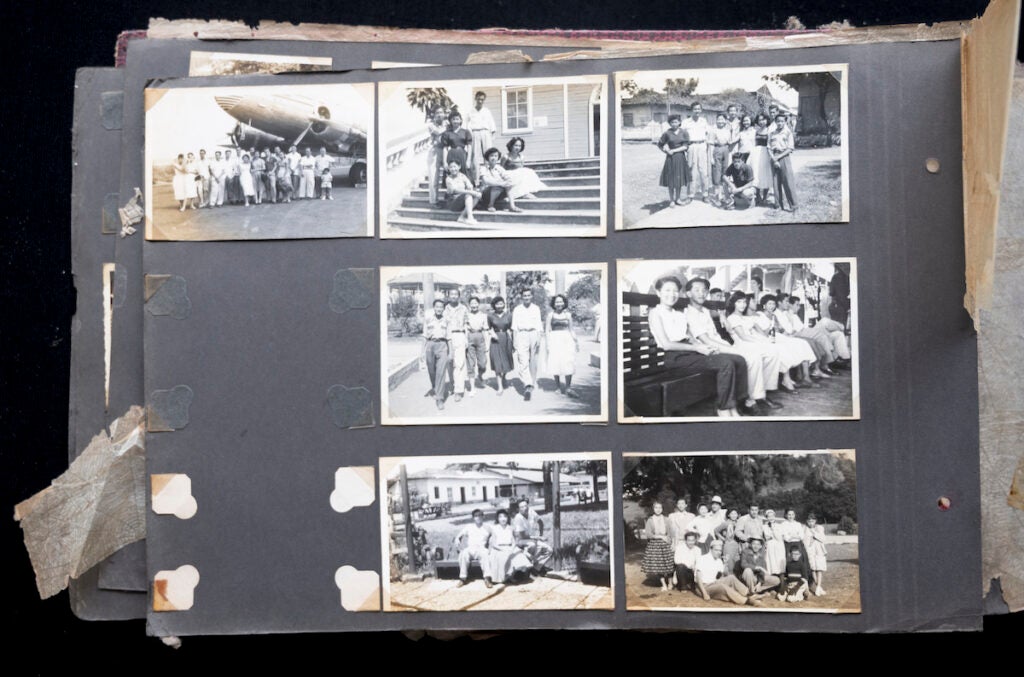
Another Puntarenas resident, Jose Manuel González Sánchez, said life within his community was affirming, but outside of that he was reduced to his ethnic identity. In his interview, for instance, he said at school everyone called him “Chino” or “the Chinese boy” and never his name.
“En Heredia [donde yo estudio] todo el mundo me dicen ‘chino’. Nunca me dicen de mi nombre,” he shared with the artist.
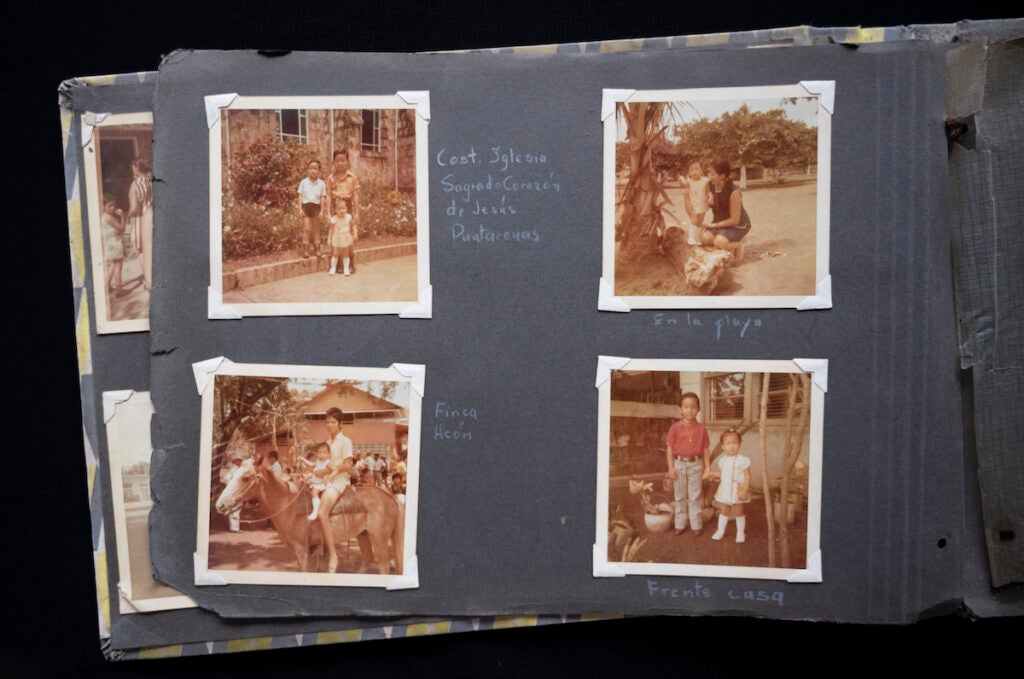
On the other hand, Catalina Wong Murillo said that because she only spoke Spanish that she was jokingly considered a “fake Chinese.” Wong Murillo explained the dynamics of belonging and assimilation.
Others shared stories of their combined identities: Some had parents who met because of migration. They did not speak the same language but found love.
Each interview revealed nuance about the community’s unique experiences and the blending of cultures, customs, and language. For some of the younger generations, their identities were more so a patchwork of traditions, a combination of their families’ and Costa Rican traditions.
However, Tang said, what fascinated her most was that for some people this was their first time reflecting on and thinking about their identities as Chinese Costa Ricans. That contrasts with her own experiences, having wrestled with ideas of “Chineseness,” as she put it.

She said this process challenged the traditional academic research template, which changed her perspective on who she is as a third-generation Chinese-Malaysian artist.
Tang recited a quote by Octavia Butler that often comes to mind:
“‘All that you touch you change, all that you change changes you,’” she said, adding, “Even if I only had like a one-off conversation with someone, there’s so much in that moment.
“It’s special, even if it doesn’t make it into the exhibition or the interview or like in any sort of showing capacity.”
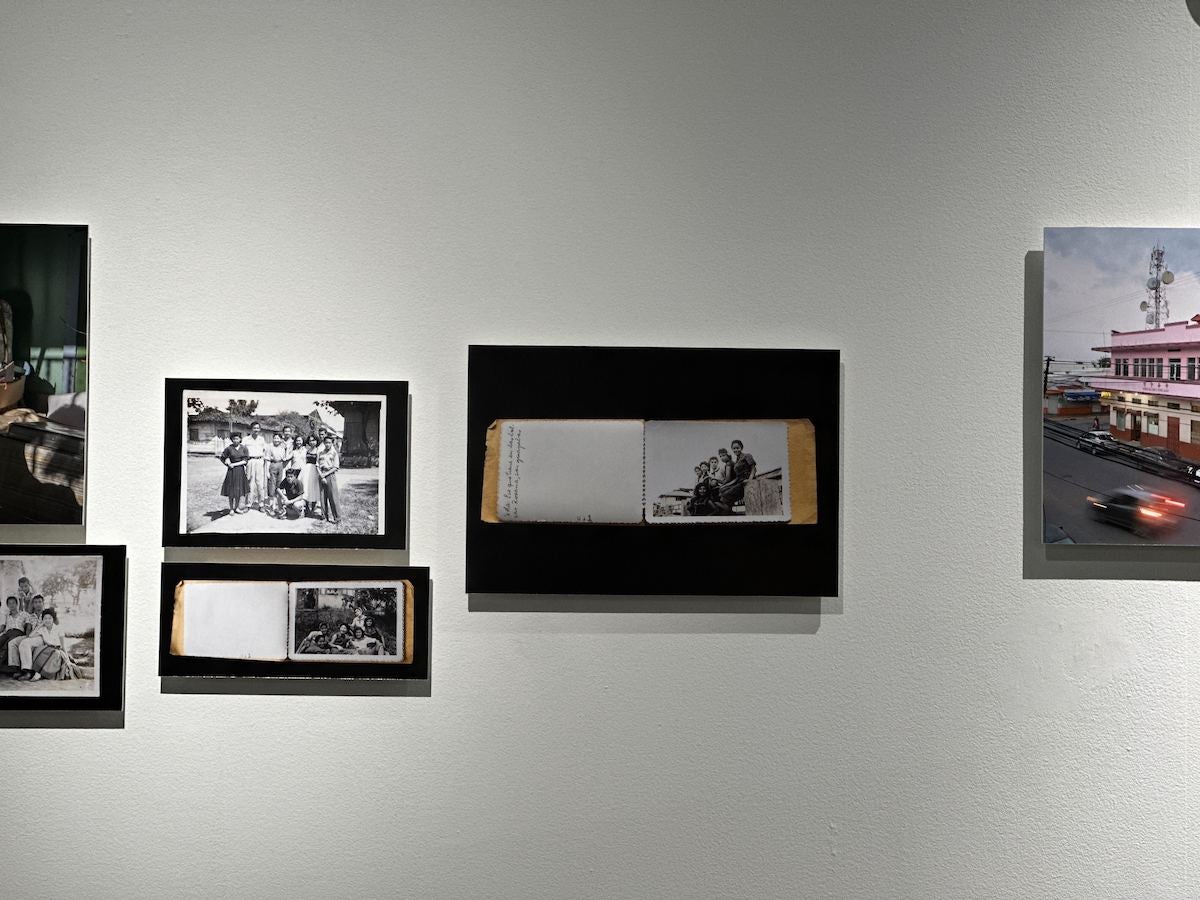
“Los Paisanos del Puerto: Portraits of the Chinese diaspora in Puntarenas” is on display at Taller Puertorriqueño through March 9, 2024. At the end of the exhibition, audiences are invited to share their own sentiments on what identity means to them.

Get daily updates from WHYY News!
WHYY is your source for fact-based, in-depth journalism and information. As a nonprofit organization, we rely on financial support from readers like you. Please give today.



